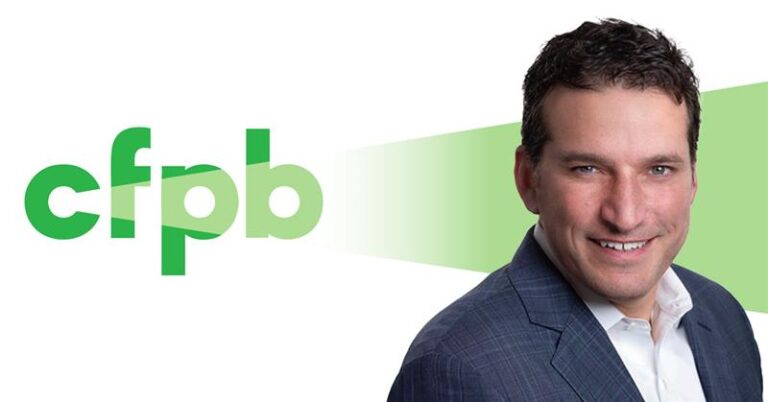With pandemic-induced uncertainty occurring across the real estate lending sphere, a recent customer-satisfaction study from J.D. Power found that mortgage servicing companies are falling short of consumers’ growing expectations.
J.D. Power’s 2020 U.S. Primary Mortgage Servicer Satisfaction Study, released this week, found that the unprecedented environment of record-low interest rates, burgeoning unemployment and rising delinquencies has led to soaring numbers of borrower inquiries. The influx of inquiries, however, is being met with disappointment about online platforms, long call-wait times and overall poor communication from servicing companies, which are impacting customer-satisfaction scores.
“The COVID-19 pandemic has really amplified the gaps in customer satisfaction, digital experience and call-center experience that have been a challenge for mortgage servicers for some time,” said Jim Houston, director of consumer lending intelligence at J.D. Power.
“At a time when the need for streamlined, effective digital guidance and proactive outreach and counsel is more important than ever, mortgage customers aren’t finding the answers they need online, pushing them onto long customer-service queues in call centers and leaving them to hunt for answers on how best to address their challenges.”
Despite these criticisms, average satisfaction across the industry is up compared to 2019, according to J.D. Power’s findings. The study, derived from responses of 7,275 customers who originated or refinanced loans more than 12 months ago, ranked customer satisfaction among mortgage servicers on a 1,000-point scale. The study included responses about communications, customer interaction, billing and payment processes, escrow account administration and new customer orientation.
For the seventh straight year, Quicken Loans — the country’s largest mortgage lender — ranked highest, with a score of 854. Regions Mortgage (846) and Huntington National Bank (827) ranked second and third, respectively. The industrywide average score was 781.
Get these articles in your inbox
Sign up for our daily newsletter
Get these articles in your inbox
Sign up for our daily newsletter
Join 210,000 mortgage professionals
Get the news, trends and industry updates in your inbox to become a better mortgage originator. Subscribe to emails below.
Among the study’s detailed findings was a need for more effective websites. Sixty-two percent of consumers reported visiting their servicer’s site as a primary source of information, but only 28% said that online is the most effective channel to resolve an issue. Among those who couldn’t resolve their issues via their servicer’s website, 45% said they reached a resolution only after picking up the phone to speak with a representative.
Meanwhile, 19% of consumers — nearly one in five — said that it’s not easy to contact a live agent over the phone, leading to an average drop of 261 points in satisfaction scores. This data coincides with the 44% share of borrowers who are at risk of missing a payment that called their servicer in the past 12 months, compared to 25% of low-risk customers. At-risk customers also called an average of 3.15 times, compared to 2.54 times for low-risk customers.
With the COVID-19 crisis stretching on and more borrowers falling into at-risk territory, potentially elevated call volumes offer an opportunity for servicers to step up their customer service.
“Technology alone is not a magic bullet in this market,” said John Cabell, J.D. Power’s financial-services practice lead. “The key is knowing where to leverage it and where to layer in more traditional forms of one-on-one support.”
The highest levels of overall satisfaction came from customers who received the sweet spot of “three or four” proactive communications per year from their servicer, J.D. Power reported. These customers registered an average satisfaction score of 810, yet only 8% of customers reported getting such attention. On the other hand, 40% said they received no proactive communication from their servicer, while 29% reported receiving 11 or more proactive communications.
The factor with the biggest impact on customer satisfaction? A simple “thank you.” Satisfaction scores jumped 86 points when servicers thanked customers for their business. According to the study, however, only 22% of companies did so.





















































